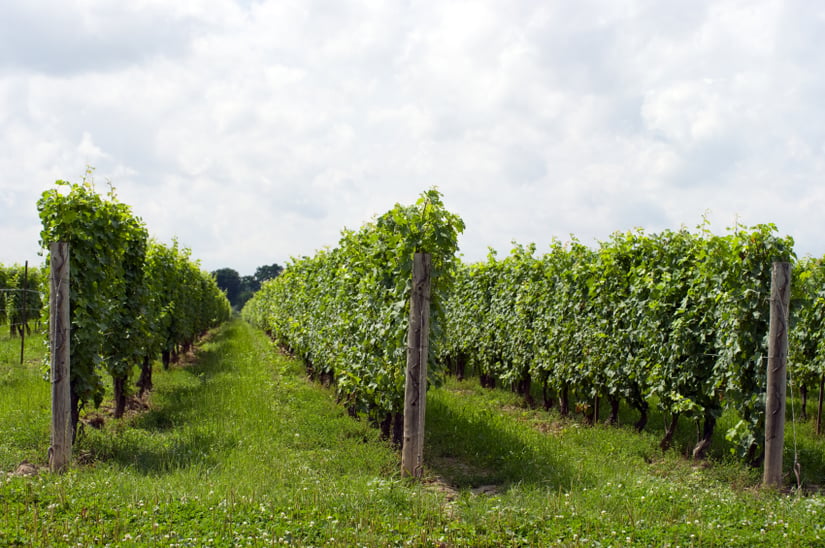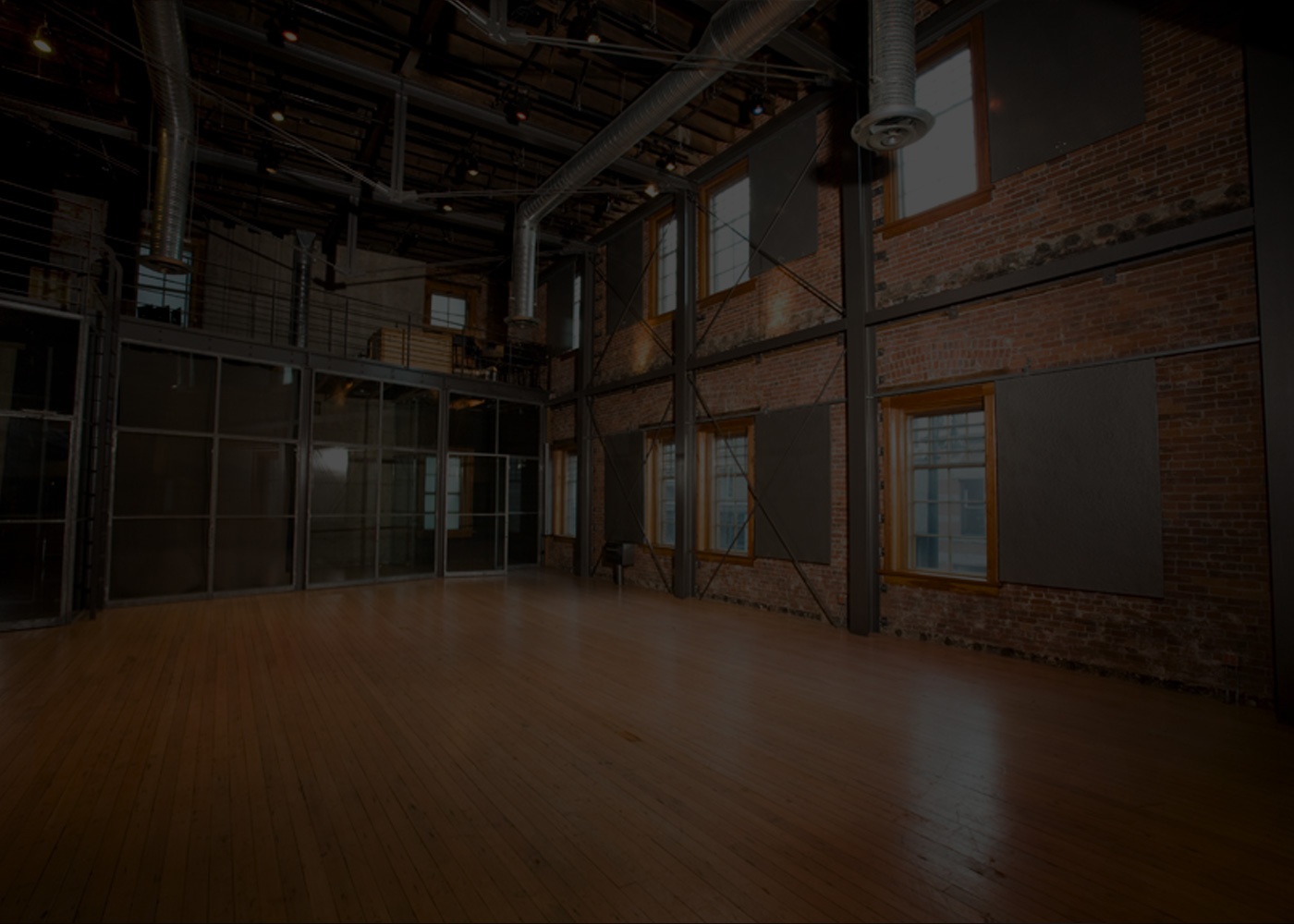Estimated reading time: 6 minutes

A colleague of mine, Lisa Campbell, recently published an in-depth article that explored the effect that the reinvention of the wine industry has had on land values throughout the Niagara region. As wineries continue to spring up across the region I thought it would be helpful to provide a quick overview of what has made this land so valuable and to look at recent wine industry developments in the Niagara Region.
Niagara Wine Region Land Snapshot
The Niagara wine region is Canada’s largest grape producer and it accounts for roughly 2/3rds of all production. The region is known as a ‘cool climate viticulture region’; it’s combination of moderate winters with hot summers allow for the successful farming of vinifera grapes. According to a study from the Ontario Ministry of Agriculture Food and Rural Affairs (OMAFRA), the cost of building a vinifera vineyard in Niagara is $29,000 per acre, that means 25 acres of vineyard land is worth approximately $725,000. In 2012, The Grape Growers of Ontario, the official organization representing grape growers in Ontario, sited that an acre of vinifera vineyard also generates $33,000 in economic impact to the province of Ontario each year.
It is important to note that there are significant economic risks associated in owning a producing vineyard. The vinifera grape cannot not handle cold or freezing temperatures. Each year wineries in the region run the risk of losing parts of their crop to freezing, creating dead vines.
Real Estate Value Shift
According to the article by Lisa Campbell, the wine industry’s real estate market emerged between 1989-1993 when the potential to produce quality vinifera grapes was realised. The interest in developing vineyard land spawned a shift in property values to be based on climate as opposed to other factors, such as potential for development. The real boom in the value of land pricing happened between 1998-2002, with a steady increase to today’s market. Today, as more vineyards are established, they must compete with the growth of the strong agriculture industry in the region. The value of each piece of the land in this region is now dependent on the agricultural need and perceived value of that land for the purchasers.
The land zones across the Niagara Region that have been identified as conducive to the production of vinifera grapes are now valued at a higher range than those agricultural lands that produce crops like tree fruits. This is attributed to the value of grapes as they continuously retain the highest farm gate value.
New Winery Developments in Niagara
Over the past year the following wineries have emerged in the region.
Redstone Winery
The newest winery to the Twenty Valley region is Redstone Winery, located right on the main winery drag of King St/Highway 8 on the old Thomas and Vaughan Winery site. This winery looks to capitalize both on the success of sister winery Tawse and other local wineries successes with amphitheatres that produce live shows. The winery will also include a restaurant and patio. It sits on 38 acres of prime limestone rich land and is set to open in May of this year.
Two Sisters Vineyard
This new Niagara-on-the-Lake winery opened in November 2014 and is adjacent to Peller Estates. Some refer to the new build as a colossal estate set on 172 acres of land. The winery also opened Restaurant 76, a 75 seat casual fine-dining restaurant with a rustic Italian based menu.
Mike Weir Winery
Mike Weir Winery opened in June of 2014 after an extensive renovation of the old EastDell property. The redeveloped facility features floor to ceiling glass walls and an expansive deck that overlooks the Beamsville bench.
To read the full market analysis on the Niagara region’s land values by Lisa Campbell, click here.




